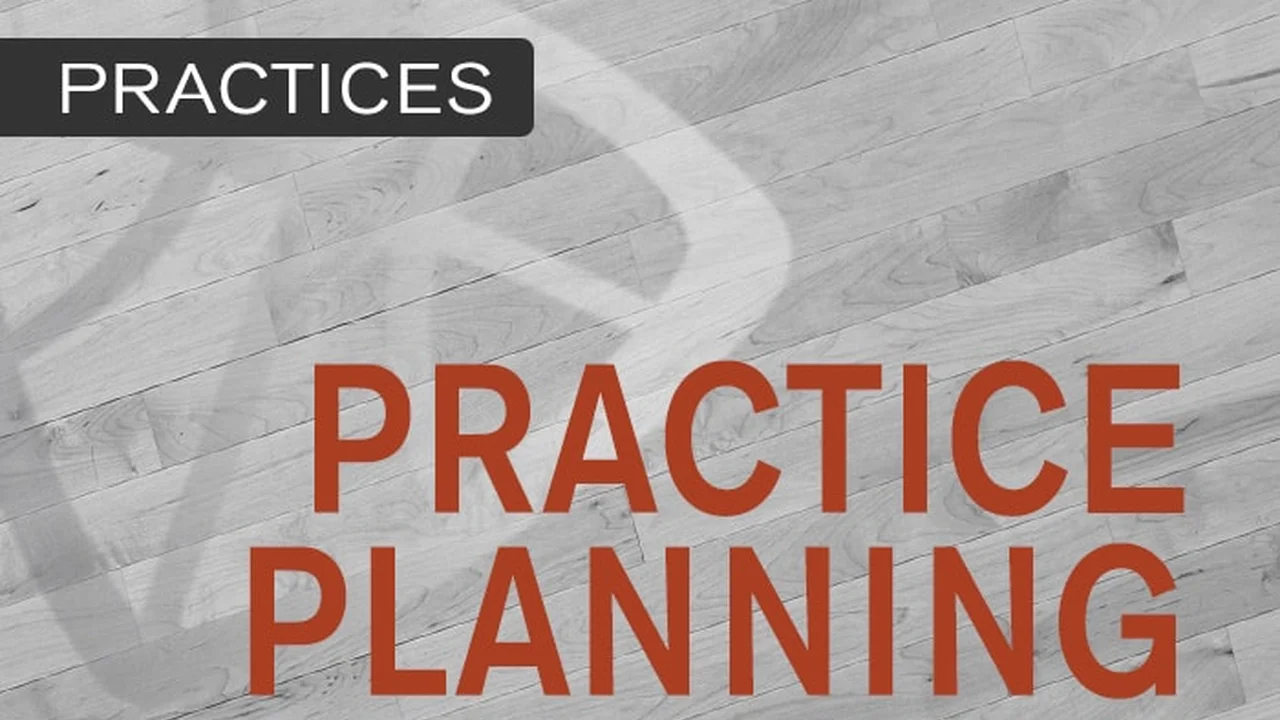4 Best Practices for Responsible Wildlife Photography
Discover the 4 best practices for responsible wildlife photography. Capture nature ethically.

Discover the 4 best practices for responsible wildlife photography. Capture nature ethically.
4 Best Practices for Responsible Wildlife Photography
Wildlife photography is an incredibly rewarding pursuit, offering a unique opportunity to connect with nature and share its beauty with the world. However, with great power comes great responsibility. As photographers, we have a duty to ensure our passion doesn't inadvertently harm the very subjects we aim to celebrate. This comprehensive guide will delve into the four best practices for responsible wildlife photography, ensuring you capture stunning images while prioritizing the well-being of animals and their habitats. We'll also explore essential gear, compare different product options, and discuss their practical applications in the field.
Understanding Wildlife Ethics and Conservation Principles
Before even picking up your camera, a fundamental understanding of wildlife ethics and conservation principles is paramount. This isn't just about avoiding direct harm; it's about minimizing disturbance, respecting natural behaviors, and contributing positively to conservation efforts. Think of yourself as a guest in their home, and act accordingly.
Respecting Animal Space and Minimizing Disturbance
The golden rule of wildlife photography is to never disturb or stress an animal. This means maintaining a respectful distance. How far is far enough? It varies by species and individual animal, but a good rule of thumb is if the animal changes its behavior because of your presence, you're too close. This could manifest as an animal stopping feeding, looking directly at you, moving away, or showing signs of agitation. Always prioritize the animal's comfort over your shot.
Consider using longer lenses to get close-up shots without physically encroaching on their space. For example, a Sigma 150-600mm f/5-6.3 DG OS HSM Contemporary Lens (typically priced around $1,000-$1,200) or a Tamron SP 150-600mm f/5-6.3 Di VC USD G2 Lens (similar price range) are excellent choices for capturing distant subjects. These lenses offer significant reach, allowing you to fill the frame with your subject while remaining a safe and respectful distance away. For professional-grade results and superior low-light performance, a Canon EF 600mm f/4L IS III USM Lens (around $13,000-$14,000) or a Nikon AF-S NIKKOR 600mm f/4E FL ED VR Lens (similar price) would be ideal, though their cost makes them prohibitive for many enthusiasts. The Sigma and Tamron options provide fantastic value and performance for most wildlife photographers.
Never Bait or Lure Animals for a Photo
Baiting or luring animals, whether with food, calls, or artificial scents, is a strict no-no. This practice can alter an animal's natural behavior, make them dependent on humans, and even put them in danger by attracting predators or habituating them to human presence. It can also spread disease and disrupt natural ecosystems. The goal is to capture authentic moments, not staged ones. Patience is your most valuable tool here.
Understanding and Following Local Regulations and Laws
Different regions and protected areas have specific rules and regulations regarding wildlife interaction and photography. Always research and adhere to these guidelines. This might include restrictions on off-trail hiking, drone usage, flash photography, or even specific times of day for access. Ignorance is not an excuse, and violating these rules can result in fines, confiscation of gear, or even legal action. Many national parks, for instance, have strict rules about approaching wildlife. For example, in Yellowstone National Park, it's illegal to approach wildlife within 25 yards (23 meters) and bears and wolves within 100 yards (91 meters). Always check the official park or reserve website before your visit.
Prioritizing Animal Welfare Over the Shot
This principle is the cornerstone of responsible wildlife photography. Your desire for a great photo should never come at the expense of an animal's well-being. If a shot requires you to compromise an animal's safety, comfort, or natural behavior, it's simply not worth it.
Avoiding Stressing or Endangering Animals
This goes beyond just maintaining distance. It means being aware of your movements, noise levels, and even your scent. Move slowly and quietly, avoid sudden movements, and keep conversations hushed. If an animal shows any signs of stress – flattened ears, raised hackles, rapid breathing, or attempting to flee – back off immediately. Never pursue an animal that is trying to get away. This is particularly crucial when photographing nesting birds or animals with young, as disturbance can lead to nest abandonment or separation of offspring from parents.
Consider using a blind or camouflage gear to minimize your presence. A portable pop-up blind like the Ameristep Doghouse Blind (around $100-$150) can provide excellent concealment, allowing you to observe and photograph animals without being detected. For clothing, brands like Realtree or Mossy Oak offer a wide range of camouflage patterns suitable for various environments, with prices for jackets and pants typically ranging from $50-$200 per item. These can significantly improve your chances of getting natural, undisturbed shots.
Never Interfere with Natural Behaviors
Let animals be animals. Do not interfere with hunting, feeding, mating, or any other natural behavior. This includes not clearing branches for a better view, not moving eggs or young, and not attempting to 'herd' animals into a more photogenic position. The beauty of wildlife photography lies in capturing authentic, unscripted moments. Interference can have unforeseen and detrimental consequences for the animal and its ecosystem.
Understanding the Impact of Flash Photography on Nocturnal Animals
While flash can be useful in low-light situations, it can be highly disruptive and even harmful to nocturnal animals. Their eyes are adapted to low light, and a sudden burst of bright light can disorient them, impair their night vision, and cause stress. If you must use artificial light, consider continuous LED lights with adjustable brightness, used sparingly and from a distance, or avoid nocturnal photography altogether unless you have specialized, animal-safe equipment and expertise. For example, a small, dim LED panel like the Neewer 160 LED Video Light (around $30-$50) can provide a subtle fill light without the harshness of a flash, but even then, extreme caution is advised.
Educating Yourself and Others About Wildlife and Conservation
Responsible wildlife photography isn't just about what you do in the field; it's also about what you learn and how you share that knowledge. Education is a powerful tool for conservation.
Researching Species and Habitats Before Your Trip
Before heading out, take the time to research the species you hope to photograph. Understand their behaviors, habitats, breeding seasons, and any specific vulnerabilities they might have. Knowing when and where to find them naturally, and what their typical reactions to human presence are, will help you plan your approach and minimize disturbance. For example, knowing that a certain bird species nests on the ground will inform you to be extra careful where you step. Understanding the diet of a particular mammal can help you identify areas where they might be foraging naturally.
Sharing Knowledge and Promoting Ethical Practices
Use your platform as a photographer to educate others. When sharing your images, include captions that highlight the importance of ethical practices, conservation efforts, and the unique characteristics of the animals you've photographed. Be an advocate for responsible wildlife viewing and photography. If you see others engaging in unethical practices, politely and constructively educate them if it's safe to do so. Social media can be a powerful tool for this, but always ensure your own practices are beyond reproach.
Supporting Conservation Organizations and Initiatives
Consider donating a portion of your photography earnings, volunteering your time, or simply raising awareness for reputable conservation organizations. Many organizations rely on public support to fund their vital work in protecting wildlife and their habitats. Look for organizations like the World Wildlife Fund (WWF), National Geographic Society, or local wildlife trusts. Even purchasing gear from companies that actively support conservation can make a difference. For instance, some camera brands occasionally partner with conservation groups or have their own sustainability initiatives.
Minimizing Your Environmental Footprint and Impact
Beyond direct interaction with animals, responsible wildlife photography also involves minimizing your overall impact on the environment. Leave no trace is the guiding principle here.
Staying on Designated Trails and Paths
Wandering off-trail can damage delicate ecosystems, disturb ground-nesting animals, and contribute to erosion. Stick to designated paths, even if it means a longer walk or a less direct route to your desired vantage point. This also helps prevent the spread of invasive species, as seeds and spores can be inadvertently carried on shoes and clothing.
Packing Out All Trash and Leaving No Trace
This should be a given for any outdoor activity, but it's especially critical in sensitive wildlife areas. Pack out everything you pack in, including food wrappers, water bottles, and any other waste. Even biodegradable items can take a long time to break down and can attract animals, altering their natural foraging behaviors. Consider carrying a small trash bag specifically for your waste.
Avoiding the Use of Drones in Sensitive Areas
While drones can offer unique perspectives, their use in wildlife photography is highly controversial and often restricted. The noise and presence of a drone can cause significant stress to animals, leading to flight, nest abandonment, or even injury. Many national parks and wildlife refuges have outright bans on drone usage. Always check local regulations before flying a drone, and err on the side of caution. If you absolutely must use a drone, ensure it's a quiet model like the DJI Mavic 3 Pro (around $2,200-$2,900 depending on kit) and operate it at a very high altitude, far away from any wildlife, and only where explicitly permitted.
Choosing Eco-Friendly Gear and Practices
Consider the environmental impact of your gear. Opt for rechargeable batteries over disposables. When upgrading equipment, consider selling or donating your old gear rather than discarding it. Support brands that demonstrate a commitment to sustainability and ethical manufacturing. For example, some camera bag manufacturers like Peak Design emphasize sustainable materials and ethical production practices. Their Everyday Backpack (around $200-$300) is a popular choice among photographers for its thoughtful design and commitment to sustainability.
By adhering to these four best practices, you can ensure your wildlife photography journey is not only personally fulfilling but also contributes positively to the conservation of the natural world. Remember, the welfare of the animals and their environment always comes first. Happy and responsible shooting!
:max_bytes(150000):strip_icc()/277019-baked-pork-chops-with-cream-of-mushroom-soup-DDMFS-beauty-4x3-BG-7505-5762b731cf30447d9cbbbbbf387beafa.jpg)





